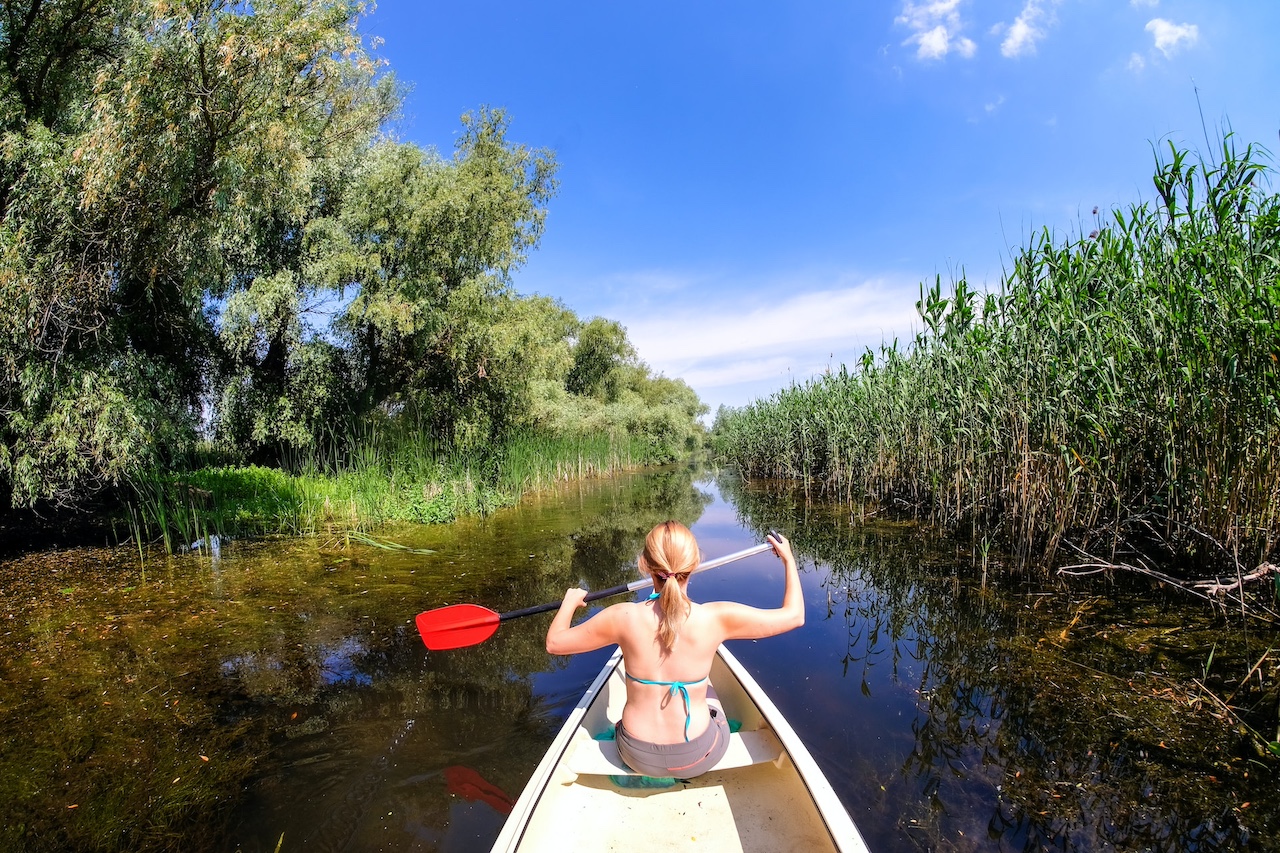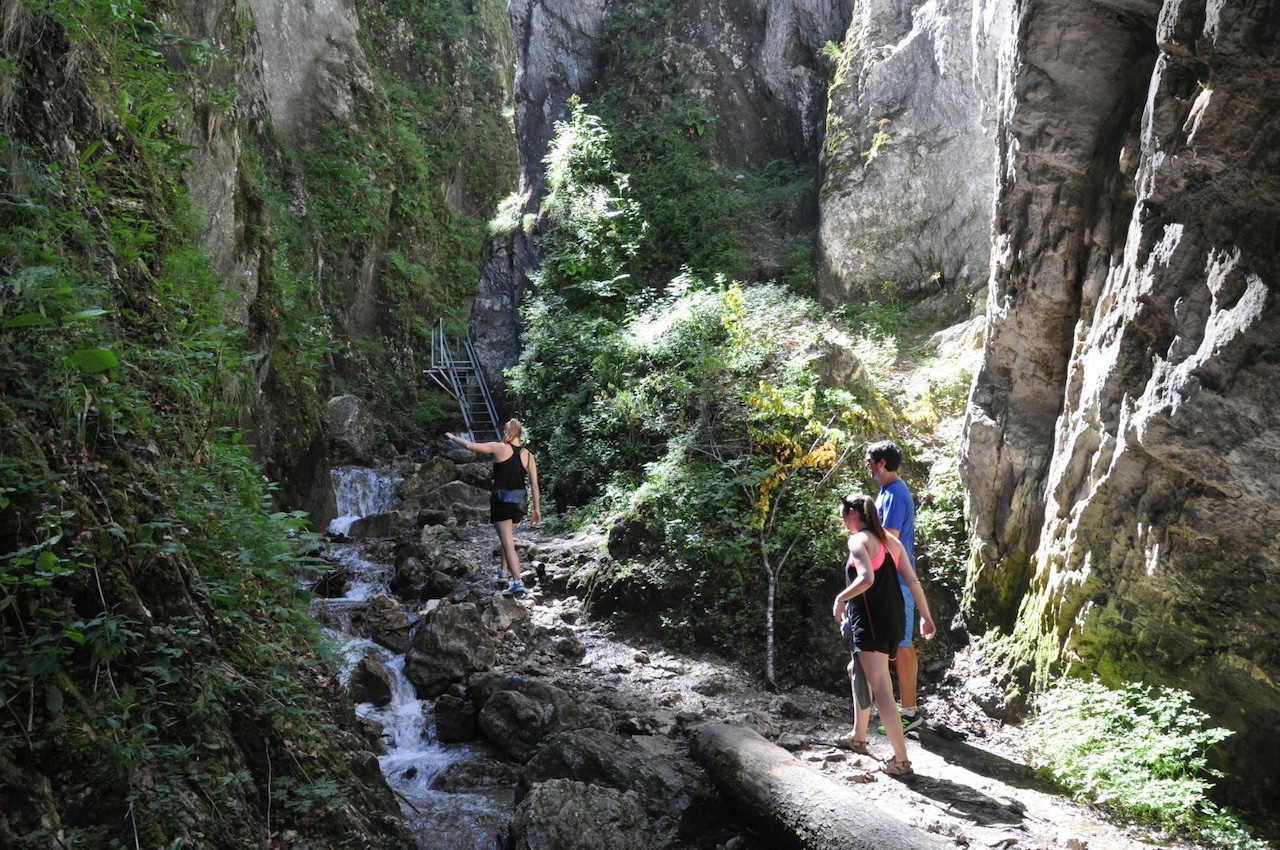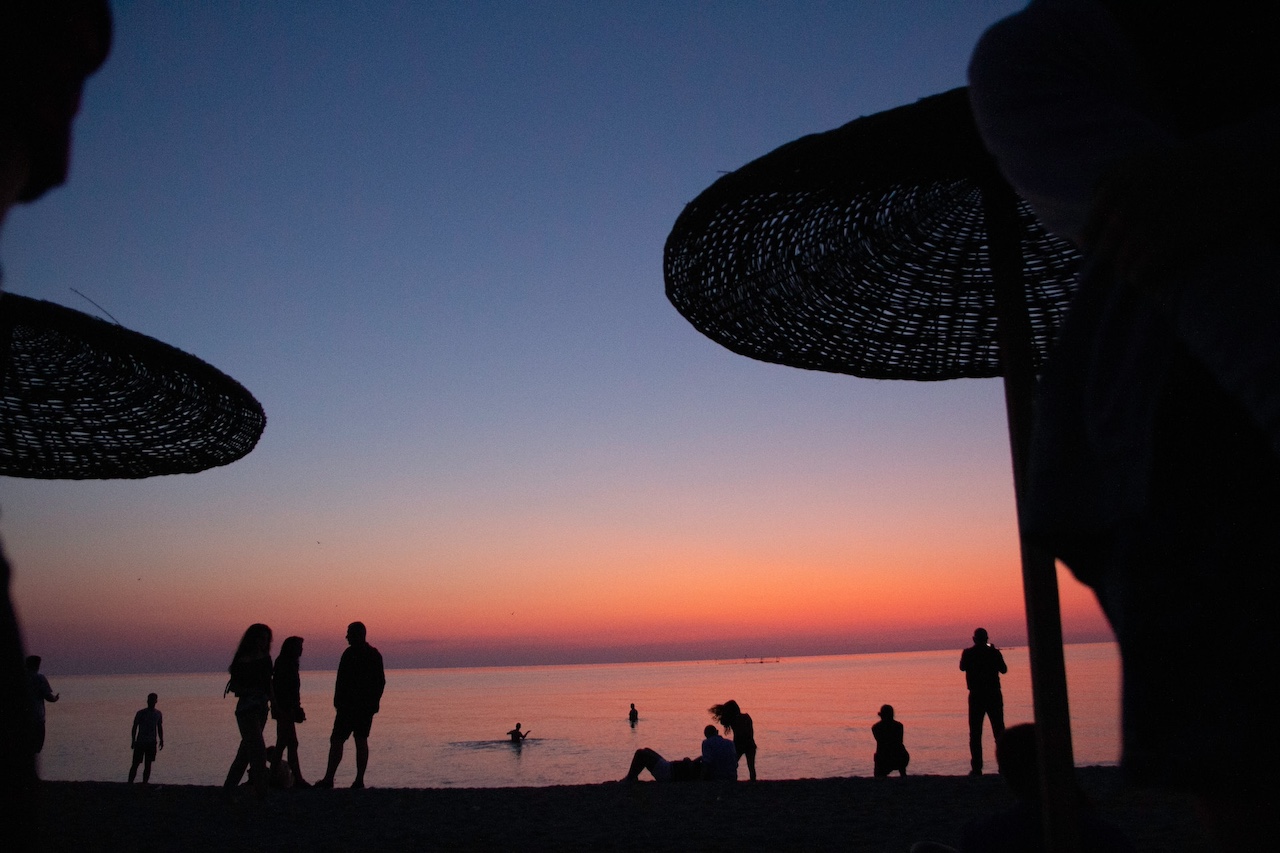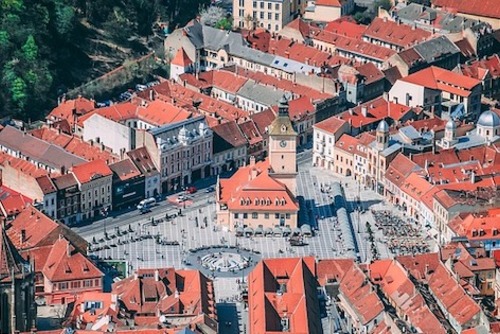Why not visit one of the most underrated and lesser visited destinations in Europe, Romania!
When you travel to Romania you will discover a stunning country and you might be suprised by how much there is to do here. From modern cities, to wildlife and spectacular nature, there is something for everyone.
These are some of the best places you can visit throughout the country and some highlights you shouldn't miss.
1. Bucharest
Bucharest is the biggest and busiest Romanian city, and usually where most international visitors fly into for a city break or a overland adventure.
To make your way around you can use the Bucharest Metro services, buses, trams, trolleybuses and rail services. Additionally you can take a taxi, but this can be expensive in during rush hours highly impractical.
In Bucharest popular tourism attractions you should visit include the Palace of the Parliament which is the second largest administrative building in the world after the Pentagon in US.
On every 1st - 2nd of May and 1st of December they’re having an Open Gates Day and you can enjoy a free visit the almost 1000 chambers (including reception halls, offices, restaurants and a concert hall).
Take a walk through the Herastrau and Cismigiu Parks, or discover city landmarks like Revolution Square, the Cotroceni Palace, The Triumphal Arch and the Cantacuzino Palace.
If you are looking for a culture filled day check out the National History Museum, the National Museum of Contemporary Art, the Romanian Athenaeum, Buleandra Theatre or the National Opera.
Bucharest also has vibrant nightlife with some of the best clubs and pubs including venues like Kristal Glam Club, Gaia, The Fabric, Bamboo and may others.
2. Brasov and Dracula’s Castle

Brașov is a city in the Transylvania region of Romania surrounded by the scenic Carpathian Mountains.
Brasov is one of the main tourism destinations in the country and is famous for its medieval Saxon walls and bastions, the towering Gothic-style Black Church and lively cafes.
Must see attractions include Piaţa Sfatului (Council Square) in the cobbled old town is surrounded by colorful baroque buildings and is home to the Casa Sfatului, a former town hall turned local history museum.
If you would like to spend a gap year in Romania there are lots of activities and experiences in Brasov. One of the most popular opportunities if you would like to volunteer in Romania is helping at bear and wildlife sanctuaries in the countryside near Brasov.
One of the best day trips is Bran Castle is situated in the heart of Transylvania, 30km from Brasov, known as the home of Count Dracula and is one of the most famous Romanian landmarks.
This Caste is one of the top reasons to visit Romania for international tourists and here you can find various exhibitions, themed tours and an annual Halloween Ball.
A ticket costs about 25 lei (approximately £6) however, we recommend you take a step off the tourist track and also visit the Hunedoara Castle (also known as Corvins’ Castle or Hunyad Castle).
Either because of its Gothic architectural style or because of its troubled history this castle is considered to be one of the most fighting buildings in the world. You can buy a ticket for approximately 10 lei (about £2.50).
4. Transfagarasan

If you are looking to rent a car you should plan a trip to drive the Transfagarasan, a spectacular 100km drive zigzagging through the Fagaras Mountains in Romania linking the provinces of Transylvania and Muntenia. This is one of the best roads to drive in the world.
Passing dramatic scenery and breathtaking views, this trip is not for the fainthearted as the route climbs to an altitude of 2034 meters.
If you decide to embark on this trip you must plan carefully. Because of the high altitude winter comes early here and the snow stays for longer, so this route is open only for three months between July - September.
Make sure to allow yourself enough time to stop and enjoy some of the amazing sites you will be driving by, such as Balea Glacier and Waterfall, the Vidraru Dam and the Poienari Fortress
5. Danube Delta

An UNESCO World Heritage Site, the Danube Delta features a great number of lakes and marshes linked through narrow channels, floating reed islands and large saline lagoons.
Among the various activities available you can try a fishing trip, birdwatching and photography tours, kayaking, speed boat or catamaran trips. The closest city to the delta is Tulcea, but a genuine experience we recommend you book a more picturesque location like Mila 35, Sulina or Sfantul Gheorghe Branch.
All locations outside Tulcea will require transfer between mainland and your chosen destination in the Delta. You can hire a private boat or take a ferry, but if you are traveling on a budget you might want to check with your hotel first as they usually can provide this service for you (and sometimes it is included in the price of the accommodation).
The traditional fish dishes are highly prised in this area, so make sure you try some of the fried fishcakes, fish broth or spitted fish.
6. Sighisoara

One of best preserved medieval cities in Romania and a UNESCO World Heritage Site, this 14th century town of Sighisoara features nine towers, narrow passageways and cobbled streets.
If you plan a trip here on the last weekend of July the city hosts one of the largest medieval festivals in Europe.
Complete with costume parades, handcrafts displays, feudal ceremonies, street entertainers and open-air concerts, it’s the perfect opportunity to take part in the legends and lore of medieval Transylvania.
Among the many attractions here you can find The Clock Tower, The Church on the Hill, Scholar’s Stairs, The Venetian House, The History and Torture Museums.
7. The Bears' Cave

Bears' Cave is located in the western Apuseni Mountains, on the outskirts of Chișcău village, Bihor County, northwestern Romania.
It was discovered in 1975 by Speodava, an amateur spelaeologist group. Bears' Cave received its name after the 140 cave bear skeletons which were discovered on the site in 1983.
Take a walk through the candlelit galleries and discover impressive stalagmites and stalactites structures, as well as over 140 bear skulls and skeletons dating back 15,000 years
7. The Painted Monasteries of Bucovina

Part of the UNESCO World Heritage Sites, each of these 25 churches is a one-of- kind architectural site and a masterpiece of Byzantine art.
These churches and monasteries can be visited in Bukovina, a region of Moldavia in northeastern Romania.
8. The Seven Ladders Canyon

Carved in limestone and featuring seven waterfalls, the tallest one being 35 metres high, this is one of the main attractions in the Piatra Mare Massif.
Lots of local Romanian tour operators offer trips here from places like Brasov and it really is a area of spectacular nature perfect if you like hiking and walking.
9. The Peles Palace

Peleș Castle is a Neo-Renaissance palace in the Royal Domain of Sinaia in the Carpathian Mountains, near Sinaia, in Prahova County, Romania.
This stunning building served as a summer residence for the royal family from 1883 – 1947 and it hosts one of the most luxurious art collections in Eastern and Central Europe.
10. The Black Sea

The Romanian Black Sea coast offers calm waters, soft sandy beaches and a bustling night life from May until September.
We recommend you try the Stufstock music festival taking place in Vama Veche with more than 40,000 people attending every year
11. Ice Hotel

Are you looking for a really unique and memorable experience?
During winter once the Balea Lake freezes over you can experience staying at the magical Ice Hotel.
Located at over 2000 meters above sea level and accessible only by cable car, this magnificent structure is redesigned and rebuilt every year from blocks of ice cut and dragged from the lake.
If you don't mind the cold temperatures you can take part in different snow-based activities like tunnel trekking, snowboarding, ice sculpting or sledging.
Plan a Trip to Romania
Romania really is one of the hidden gems of Europe and now is the perfect time to visit before the country get overrun with mass tourism with people seeking alternatives to the popular western European hotspots. There really are locations for everyone, from weekend city breaks to historic, culture, castles and beaches.























